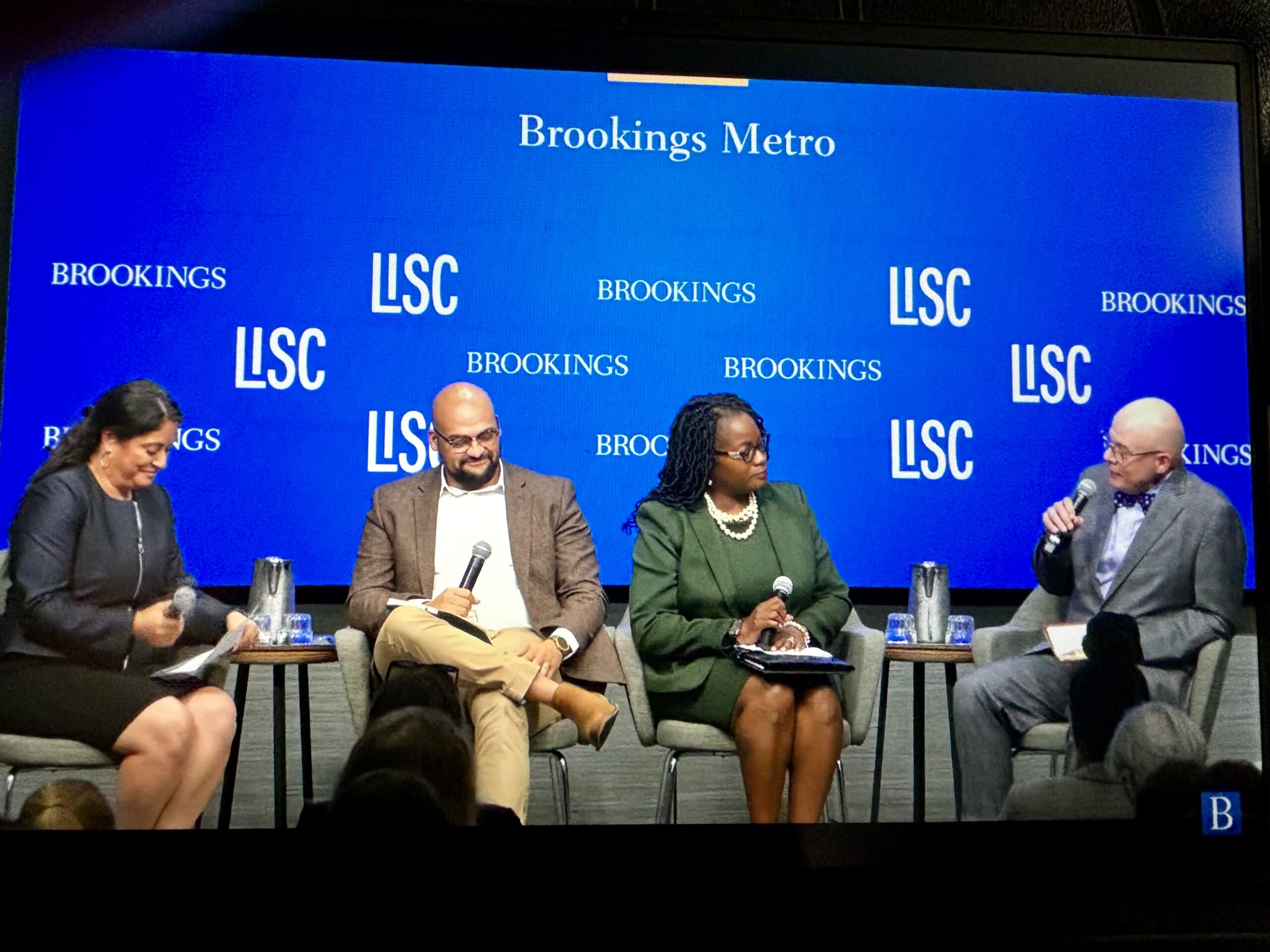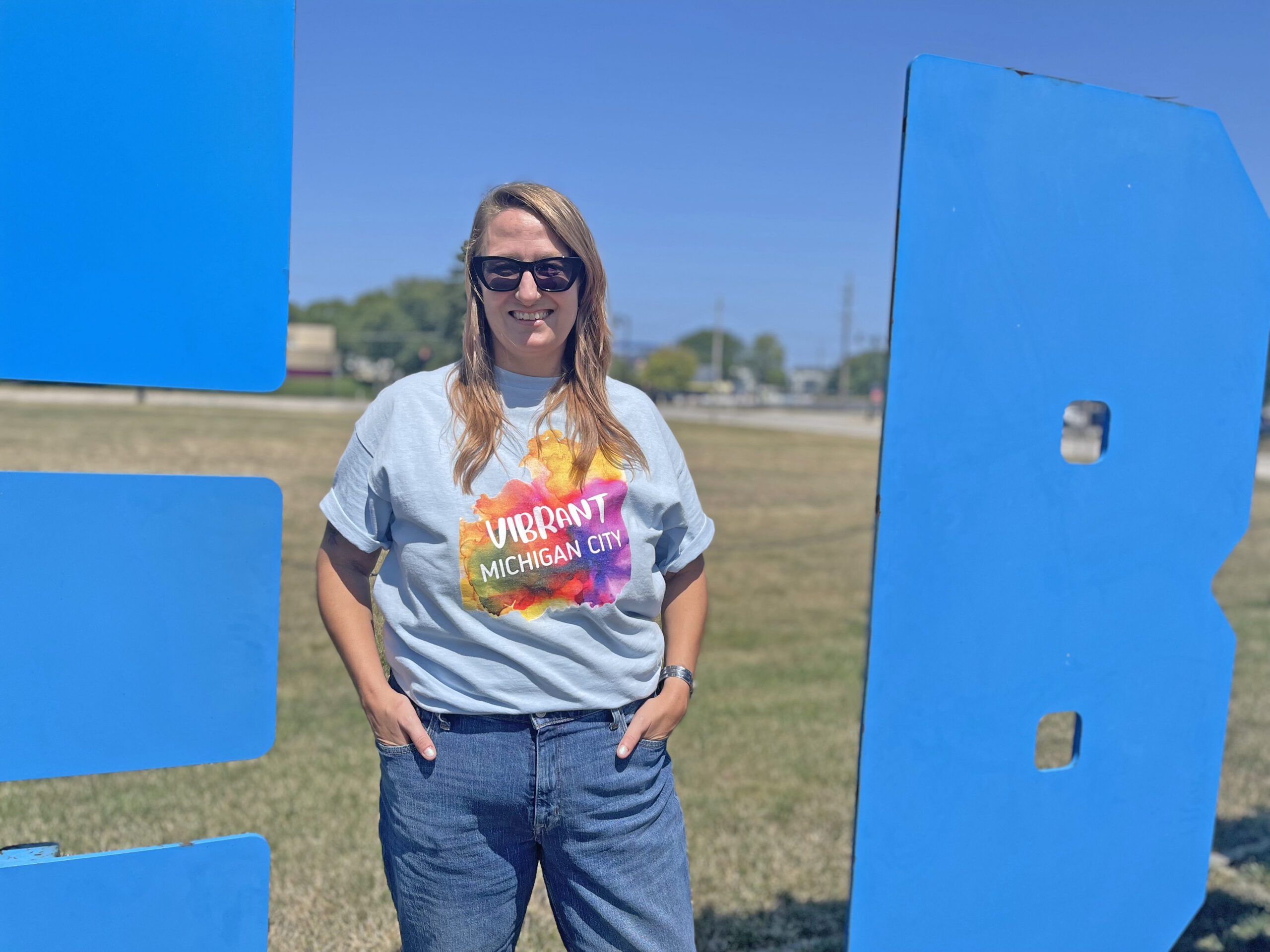MICHIGAN CITY, Ind. – The Vibrant Michigan City initiative is a platform for national growth and development as a component of a new economic inclusive playbook.
“Advancing Inclusive Development in Rural Towns,” was unveiled in Washington, D.C., by co-authors the Brookings Institution and LISC, after research, findings and results garnered from initiatives in three Indiana towns: Michigan City, Seymour and Warsaw. The Brookings and Local Initiative Support Corporation teams put their Community-Centered Economic Inclusive model into place in rural settings to spur collaboration and focused efforts to address economic stagnation and inequality in smaller towns.
“While the Learning Labs and individual playbooks varied as they were created by the leaders and community members in each community, the overall arch of the work completed has created a basis to be emulated in areas across the U.S. to bring real change,” said EDCMC Executive Director Clarence L. Hulse.
“This playbook is meant to be adaptable for places of all sizes,” added Hanna Love, senior research associate with Brookings.
The Indiana playbook is focused on actionable steps that include improving economic opportunities, quality of life and quality of place. The Vibrant Michigan City plan also spotlights agenda items and steps toward changes in the short-term and long-term.
Bill Taft, Senior Vice President of Economic Development for LISC, highlighted how each Indiana city has different population sizes and industries, but all face economic inclusive challenges.
“We worked on how we can keep these small towns growing so that they stay economically competitive by working with LEDOs to address these QOL and QOP issues,” he said. “We need to focus on neighborhoods within the towns – neighborhoods are strategic to invest in.”
Specifically, Vibrant Michigan City is a three-year plan that seeks to address challenges along six avenues in the West Side, Midtown and East Side areas of the city. Each pathway is a platform for changes that will be led by leaders and organizations who have experience in each area.
The playbook agenda items range from short- to long-term plans and include how to: support pathways to employment for all ages, strengthen local commercial districts and businesses, build healthy and engaged neighborhoods, construct safe and affordable housing, connect people to recreation and nature and advocate to transform legacy sites.
Michigan City Mayor Angie Nelson Deuitch, who was part of the launch of the Indiana playbook, highlighted how Vibrant Michigan City has already made an impact.
“We invited people to participate who never had a hand in having a say in planning and development,” she said. “Vibrant Michigan City has already allowed us to work closer with our community and provide resources through the new EDCMC role that Erin Meisner took on.”
Meisner is leading the Michigan City Neighborhood Leadership Academy to encourage community involvement while administering the ARPA SBA small business grant program.
“There are so many elements of the Vibrant Michigan initiative that can make a real impact on our community today and in the future,” Hulse said. “Our team and city and community leaders continue to push forward on all agenda items.”
The effort was supported by the Indiana Economic Development Corporation and focused on small cities located in the state of Indiana’s READI program regions. Through READI funding, 17 regions across the state that represent all 92 counties are moving forward with projects and programs designed to enhance Indiana’s regions for current and future generations of Hoosiers. The collaborative initiative also unites city and regional stakeholders to garner vital input from all corners of each community.
For more information on Vibrant Michigan City: https://vibrantmc.com
To view the unveiling of the Indiana playbook: https://tinyurl.com/Playbookunveil



